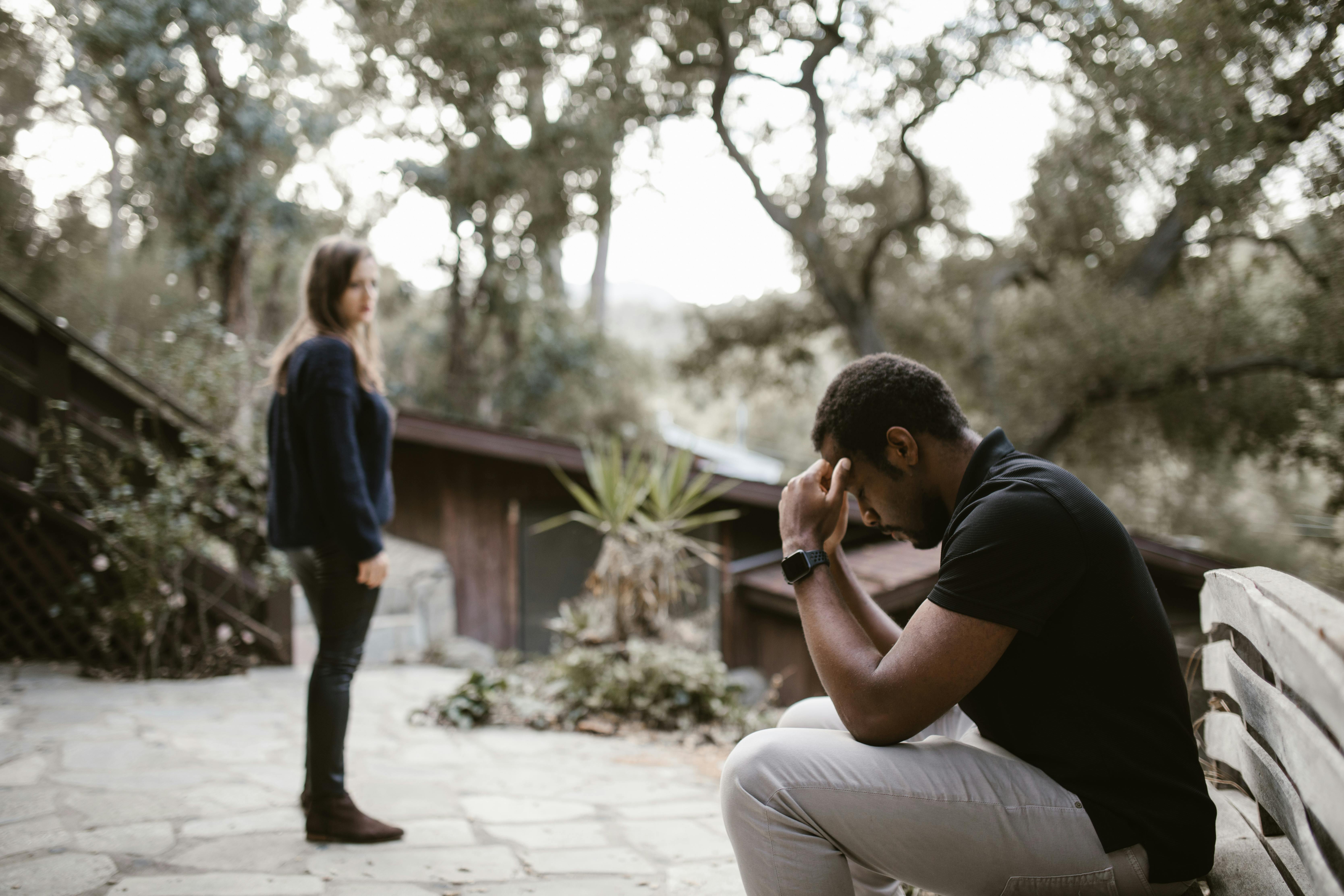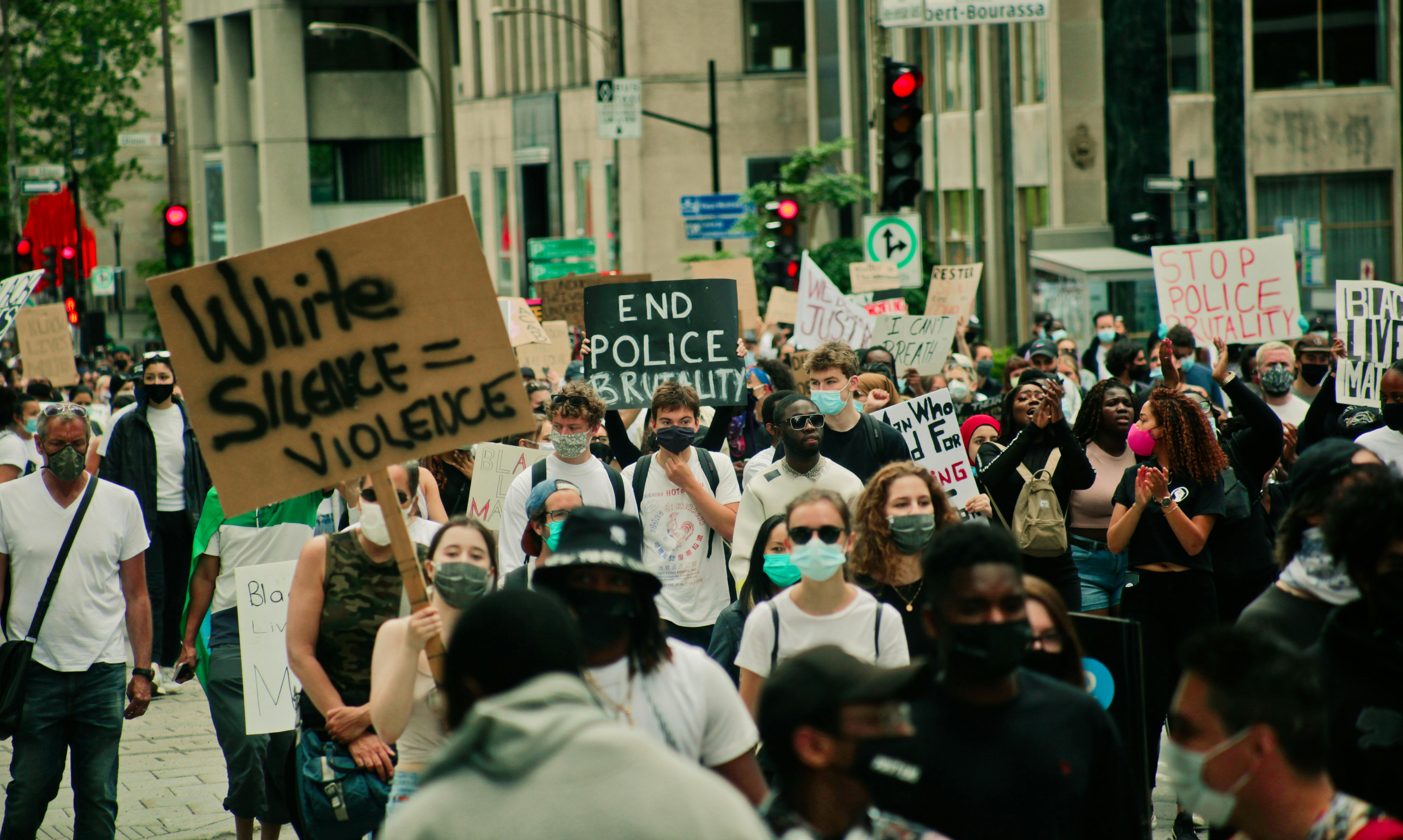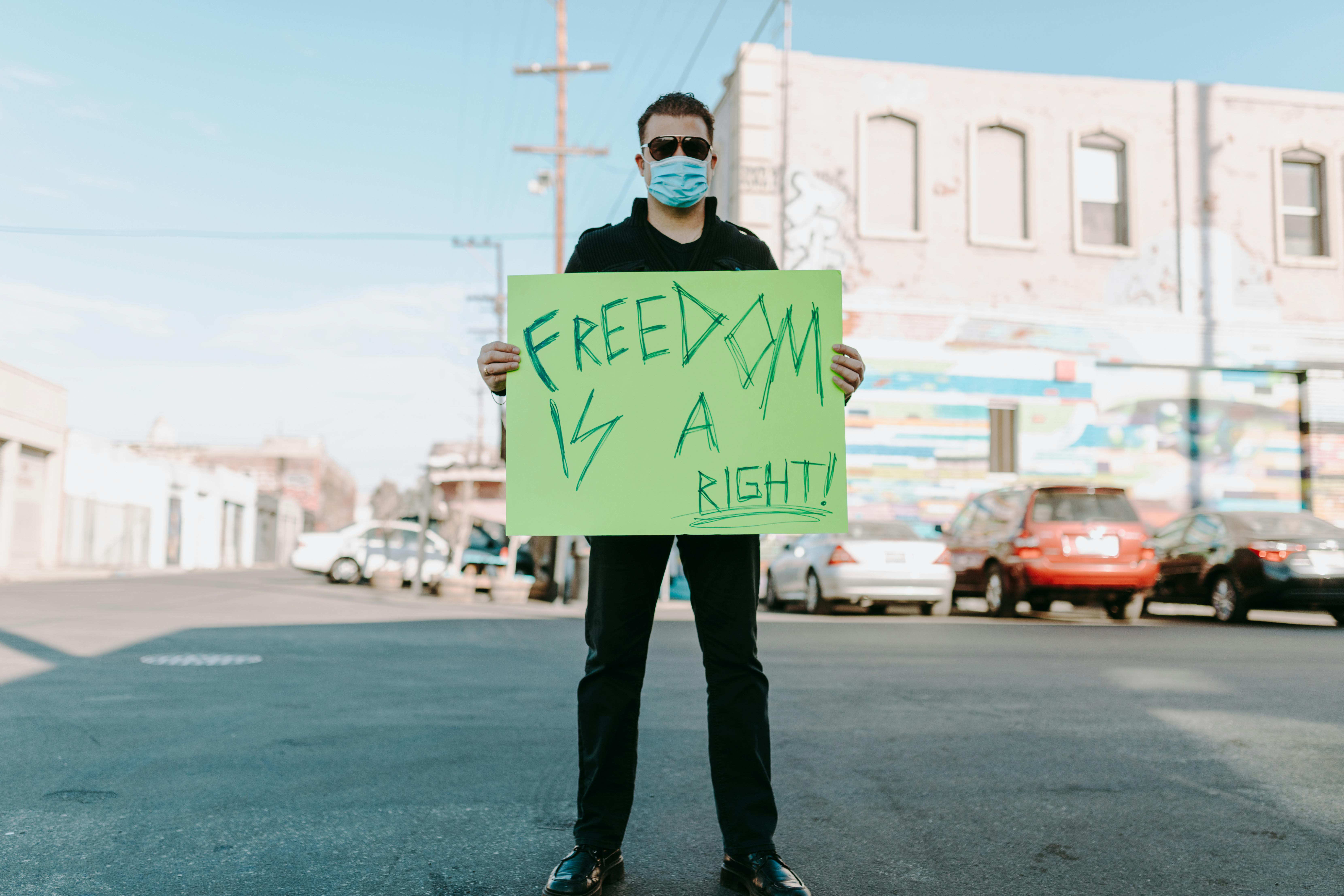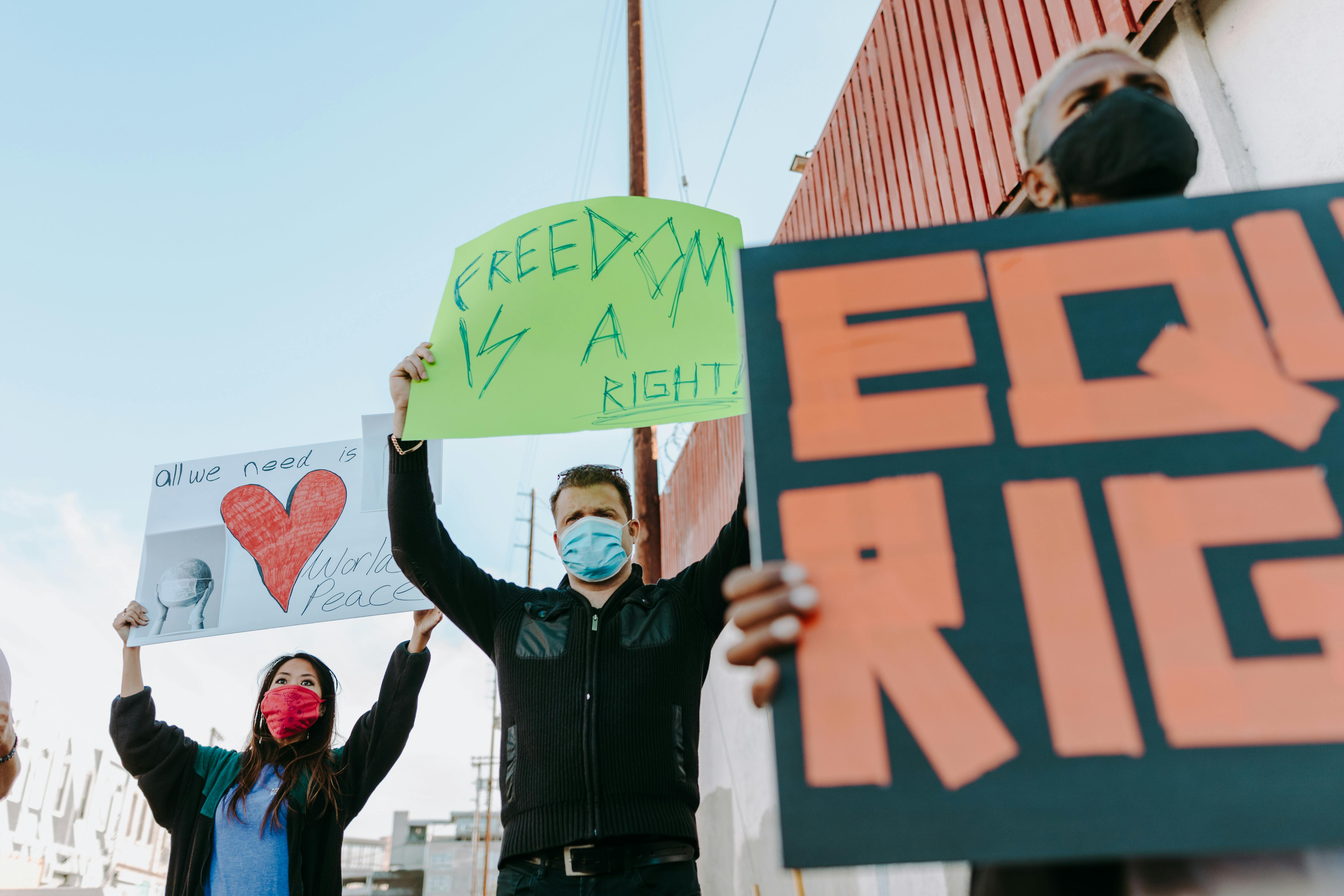When someone steals your car, it’s called Grand Theft Auto. And when your website content is stolen, it’s the online equivalent of identity theft: your business identity. The Internet makes it easy for thieves to steal your website content and use it as their own. It’s just a matter of copy and paste. Some don’t even bother to change the company name or specific business information. And then there are those who believe that if it’s on the Internet, it’s fair game. Whether you’ve invested the time and energy writing your content yourself or hired a professional copywriter to write it, finding your copy on someone else’s site is infuriating. But you can put an end to it!
The Internet makes it easy to catch the perpetrator before the violation harms their reputation or their search engine rankings (too many sites with the same content can lower all of their rankings or cause them to be removed). Do you know your copy “rights” when it comes to protecting your website content? “One thing people don’t know is when you have copyright. You can’t enforce your rights if you don’t know about it. People should try to find out. Check with the government. Check with local sources. There are often seminars on various areas of copyright. law,” explains Jasmine Abdel-khalik, an associate professor of law at the University of Missouri-Kansas City.
Of course, the information provided here is not intended to replace the advice of a professional attorney. But it can help you find out if your site’s copy is being plagiarized and offer suggestions for enforcing your copyright under the law.
How can I tell if someone is plagiarizing the content on my website?
There are 2 quick ways to check if your site content is published on another site. Type your URL into a plagiarism checker like Copyscape or copy and paste parts of your most unique sentences into Google. If your site is the only one listed, that’s great and your content is safe for now. But if other sites show up in the search results, click the ones that display your content to see exactly how your copy is being used. Sometimes it can be a matter of a link to yours being properly cited. If that’s the case, then don’t worry. The more links back to your site can improve your site’s search engine rankings, especially if it’s a popular site.
What steps can I take if someone has stolen content from my site?
Use the information on the contact page as a starting point. If there is no contact information, look in the footer section for a webmaster address or hosting company. Send a “nice” message asking for the content to be removed, why, and where the original copy is located. Some site owners are unaware that content is plagiarized and are unwitting victims of an unscrupulous copywriter in their own marketing department.
In my experience, this first email usually fixes the problem. Sometimes an apology email is received and sometimes the content just disappears from the site. Remember to follow up after the first email is sent and even a few months later to make sure your copy doesn’t show up again once the threat subsides.
If that doesn’t work, type the domain name into Whois.com. The owner’s name and phone number should be on your records. Please contact the website owner directly to request immediate removal of the plagiarized content.
If that fails, report your client’s copyright infringement to the site’s hosting company. Hosting company information is located on the Whois site under the domain registration information or sometimes on the site itself. Once content is confirmed to be infringing, some hosting companies will remove the site immediately.
Still no answer? You may consider mailing a formal “Cease and Desist” letter. Your lawyer can help you with the proper format, as the wording may affect your rights if it goes to court, or you can look up examples on the web. Send it by certified mail.
A possible last resort? Exercise your rights under the Digital Millennium Copyright Act (DMCA) You can go directly to major search engines like Google and Yahoo with your copyright infringement complaints.
I did not legally register the copy of my website. Do I still have copyright protection?
Whether or not you submitted the registration paperwork, your site’s copy is still protected by copyright law. Copyright protection begins at the time of creation on a tangible medium and whether it is published or unpublished.
How do I prove that the content on my site existed first?
Conscientious writers always keep track of the exact day/time it was created. You can also check the Internet Archive Way Back Machine to see when your site was first indexed with that content compared to the other site in question.
What is the copyright registration process?
Registering your website content can be as simple as completing an online registration form and paying a fee of as little as $35. You can find all the information and forms on the official US government copyright site.
Is it necessary to register each page separately or can I register the whole site?
I’ve had clients do both. For example, a real estate expert copyrighted both the content on his site and an extensive downloadable relocation guide. Consult a copyright attorney to see which option best protects your content and interests.
If my copyright protection automatically starts at creation, why bother registering it?
Legal registration is required if you need to take legal enforcement action by suing in court. Early registration could allow you to sue for more legal damages. Copyright cases can only be brought at the federal level. According to the US government’s copyright site, “Registration is recommended for a number of reasons. Many choose to register their works because they want their copyright facts to go on public record and have a certificate of registration. Registered works may be eligible for statutory damages and attorney fees in successful litigation. Finally, if registration occurs within 5 years of publication, it is considered prima facie evidence in a court of law. See Circular 1, Copyright Basics, ‘Copyright Registration’ section, and Circular 38b, Highlights of Copyright Amendments Contained in the Uruguay Round Agreements Act (URAA), on non-authorized works. Americans”.
Does my site have copyright protection against international infringement?
The United States has reciprocal agreements with many countries. But your level of protection depends on what that particular agreement says and who signed it. You can see a full list of the agreements in Circular 38a on the government’s copyright website.



